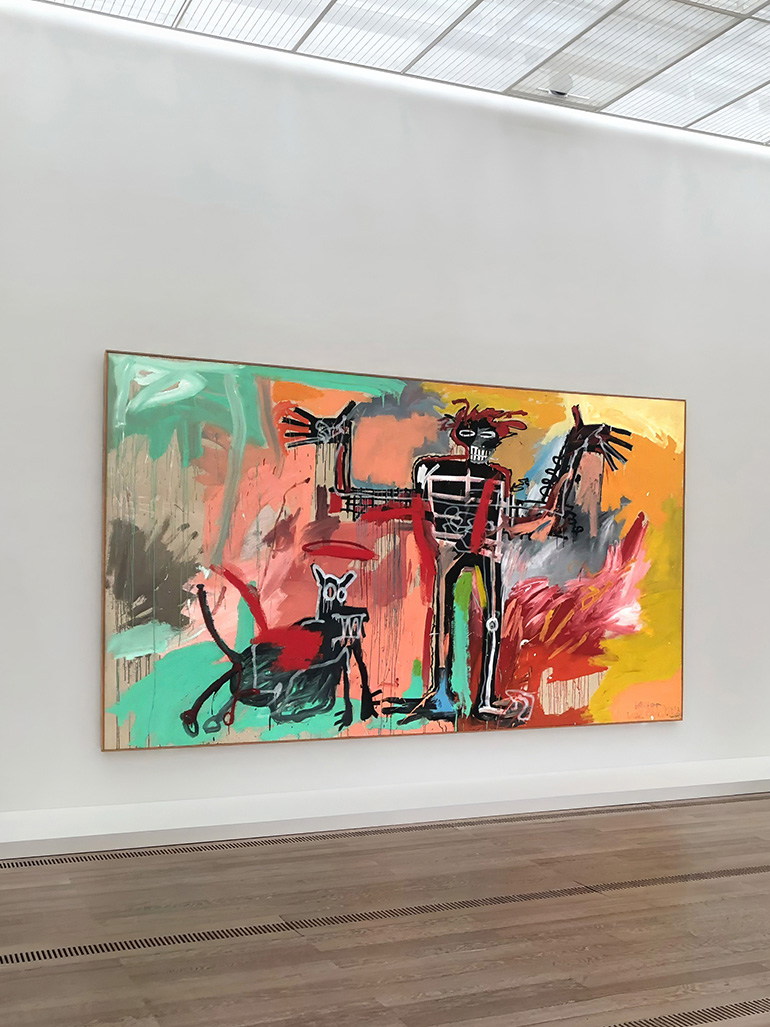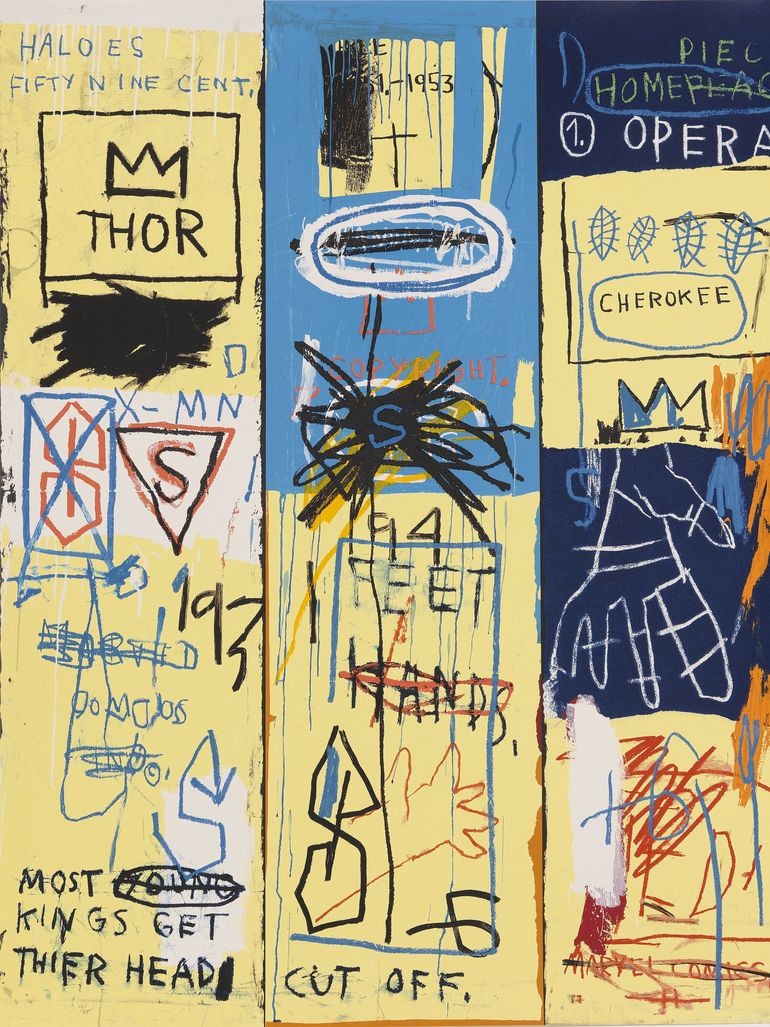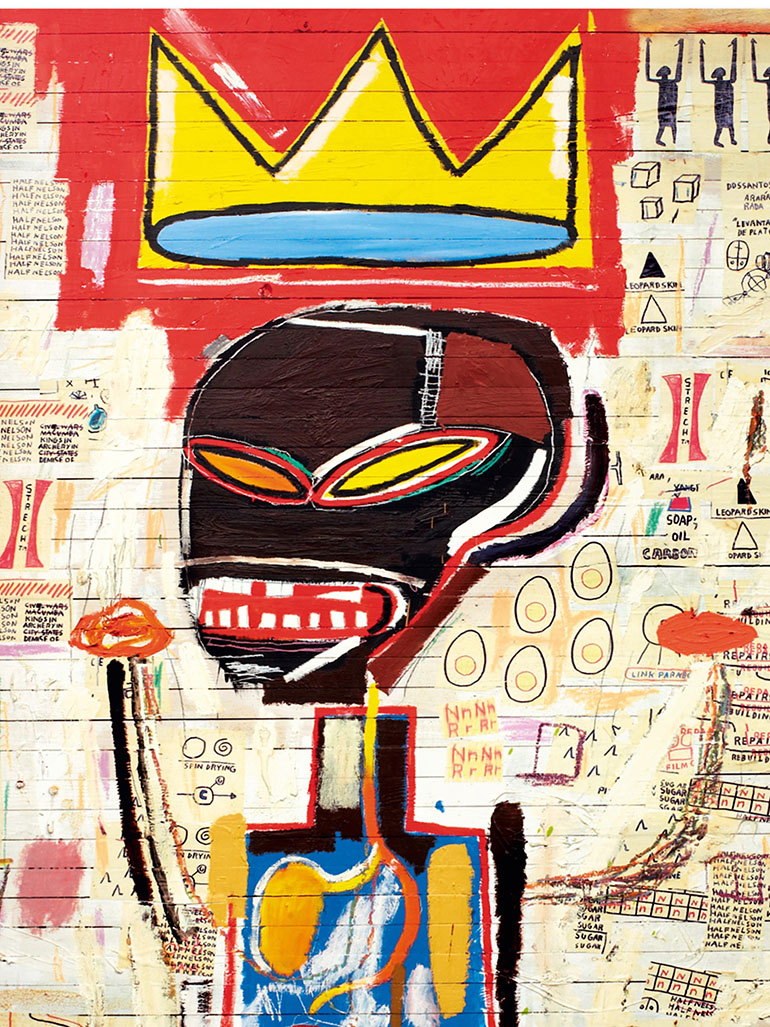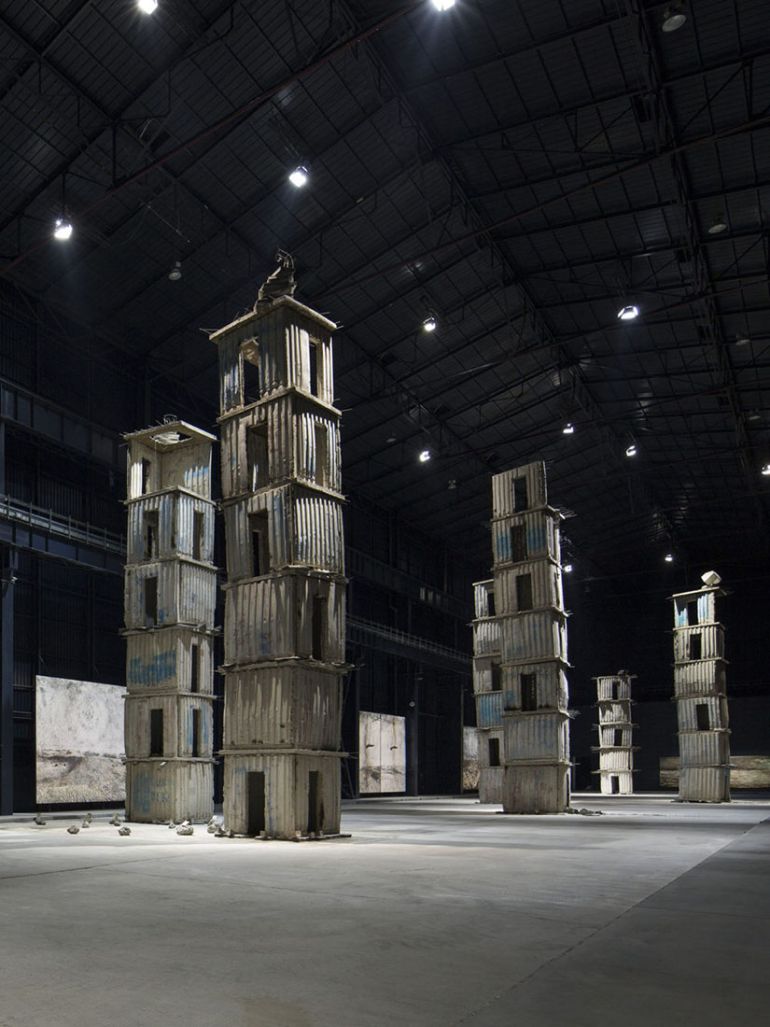Neo-expressionism
5 articles
Neo-expressionism emerged in the late 1970s as a reaction against Minimalism and Conceptual art. This movement revived traditional painting techniques and figurative representation, characterized by vivid colors, gestural brushwork, and raw emotional intensity. Artists like Jean-Michel Basquiat, Anselm Kiefer, and Julian Schnabel gained prominence, creating large-scale works that often addressed personal, cultural, and historical themes.
Neo-expressionist art encompasses paintings, sculptures, and mixed media pieces, frequently incorporating unconventional materials. The style draws inspiration from earlier movements, such as German Expressionism and Abstract Expressionism, while also engaging with contemporary issues. Neo-expressionism’s impact extended beyond visual arts, influencing fields like architecture and fashion, and continues to resonate in the work of many contemporary artists today.




